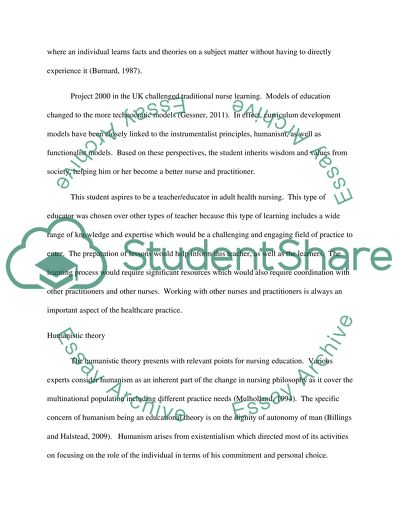Cite this document
(“ASSESSMENT TASK 1: Humanistic Learning Theory Essay”, n.d.)
Retrieved from https://studentshare.org/nursing/1654942-assessment-task-1-humanistic-learning-theory
Retrieved from https://studentshare.org/nursing/1654942-assessment-task-1-humanistic-learning-theory
(ASSESSMENT TASK 1: Humanistic Learning Theory Essay)
https://studentshare.org/nursing/1654942-assessment-task-1-humanistic-learning-theory.
https://studentshare.org/nursing/1654942-assessment-task-1-humanistic-learning-theory.
“ASSESSMENT TASK 1: Humanistic Learning Theory Essay”, n.d. https://studentshare.org/nursing/1654942-assessment-task-1-humanistic-learning-theory.


